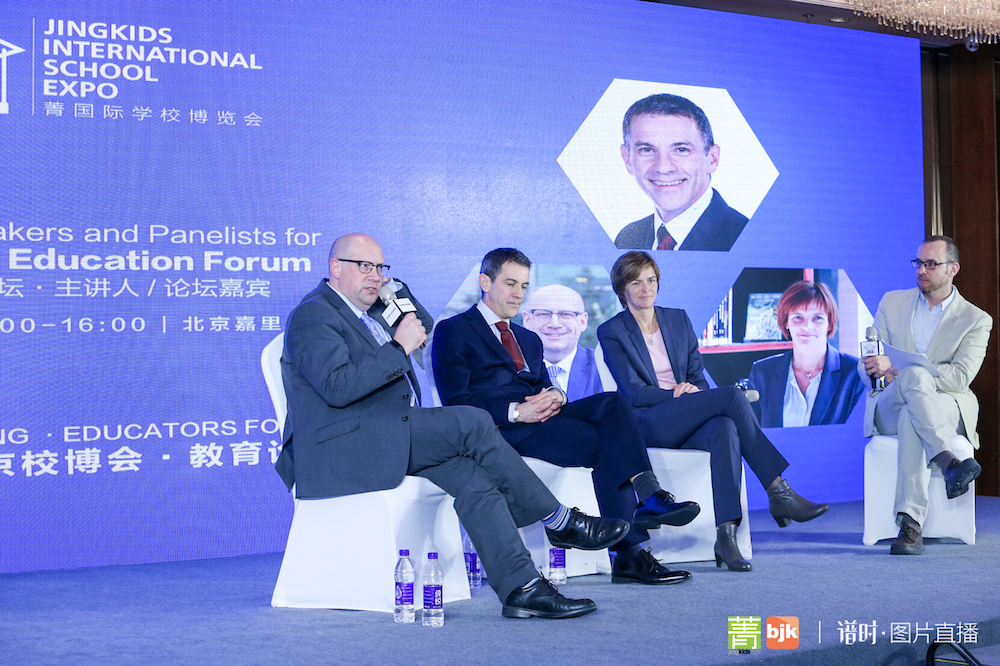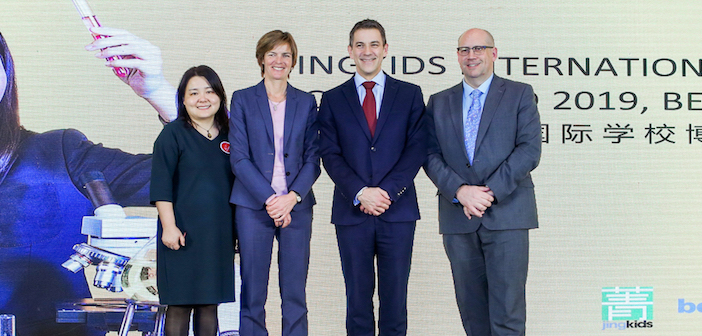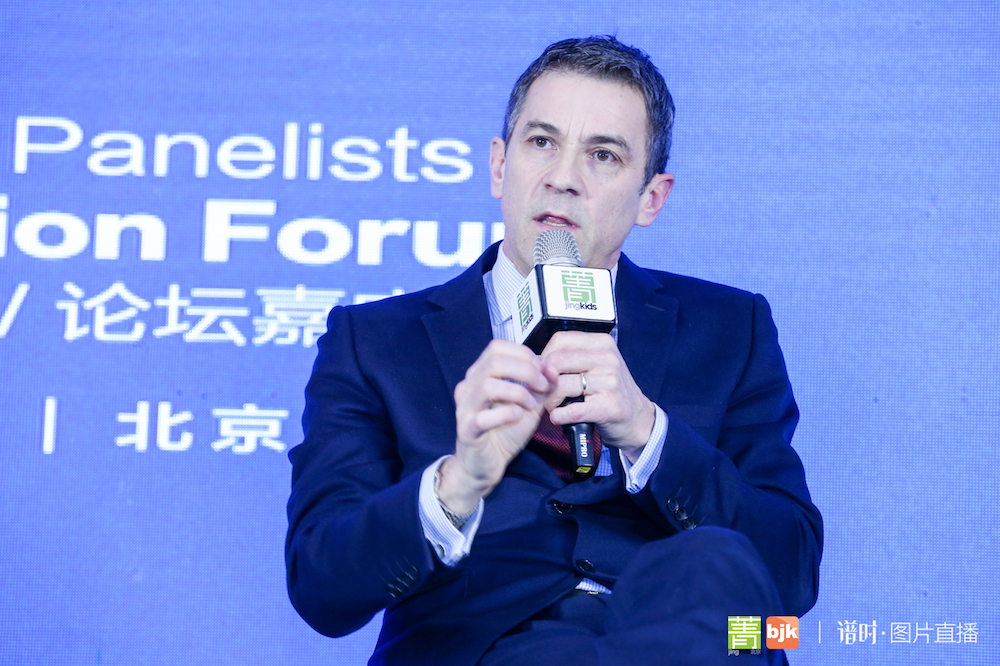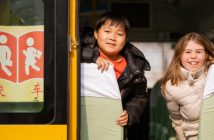Innovation, though a hot topic in the world of education, can still be a vague concept for many parents, especially if they grew up with more traditional methods of learning. It’s also an unhelpfully broad term, as there are many different ways that a school can innovate in its teaching methods.
At our Innovative Education Forum at the Jingkids International School Expo (JISE) 2019, Beijing, we set out to clarify these concepts by inviting the leaders of some of Beijing’s most forward-thinking schools, including International School of Beijing (ISB) Head of School, Patrick Hurworth, Headmaster of Dulwich College Beijing (DCB), Simon Herbert, and Director of Western Academy of Beijing (WAB), Dr. Marta Medved Krajnovic.
This is the first time these three figures from Beijing’s international schools have shared a stage to explain what they understand by innovative education. Together, they discussed the differences between traditional and innovative educational models, along with some of the terminology, and how these innovations are being adopted to help to shape children in becoming more adaptable to the needs of an uncertain future.

Patrick Hurworth, International School of Beijing (ISB) Head of School
“EQ is just as important as IQ.”
As the opening speaker of our Innovative Education Forum, Patrick Hurworth explained the fundamental concepts behind the innovative education approaches being adopted at ISB.
He started by stressing that innovative and traditional education techniques are not mutually exclusive. ISB’s curriculums are based on the US Common Core and the International Baccalaureate (IB) Program. Both their mono- and dual-lingual tracks are enhanced by innovative techniques like personalized and project-based learning, but these don’t completely replace traditional approaches.
One of the main takeaways from his lecture is that innovation is as much about the opportunities presented by individualized learning, encouragement of positive well-being, and the learning spaces used, as it is about the teachers involved. It is the combination of all of these details that create innovation in the classroom.
Simon Herbert, Headmaster of Dulwich College of Beijing (DCB)
“Collaborate for a reason, not just for the sake of collaboration.”
Simon began his talk by saying; “For the first 12 months of a child’s life we teach them to walk and to talk, but the danger is that the next 12 years we teach them to sit down and shut up. As funny as that sounds, it can happen in some schools.”
With this tendency towards limiting a child’s involvement or ownership in their education, innovation at Dulwich College Beijing begins early, through an environment that promotes cross-curriculum exploration, literacy, and plenty of opportunities for hands-on learning.
These innovations continue into a student’s academic growth at DCB, most notably with their involvement in the SE21 program. SE21 stands for STEAM (science, technology, engineering, art, mathematics), and entrepreneurial skills in the 21st century, and is focused on creating real-world experiences for students in the fields of design technology, 3D printing, phase one robotics, coding, CAD/CAM, graphic design, film, and augmented and virtual reality.
The primary goal behind innovative programs like SE21 is to develop essential skills in students which will be needed in the future, like a positive mental attitude, a growth mindset, adaptability, and motivation.
Dr. Marta Medved Krajnovic, Director of Western Academy of Beijing (WAB)
“One size does not fit all.”
Dr. Krajnovic believes a school is divided between the wants of students, parents, and teachers. Students want to be successful, to have greater control over what, when, and how they learn, they want their work to be meaningful and relevant, and they want passionate and engaged teachers. Parents want their children to achieve academic success, but not at the expense of their holistic and character development. And teachers want students to be self-directed, have greater control over their time, co-construct their curriculum, be passionate and collaborative, and know how to make a difference.
The result of this desire for a well-balanced school, addressing the learning and developmental needs of every student in the community, is what initiated FloW21 (The Future of Learning at WAB 2021).
The gradual implementation of this strategy, of which there are 21 steps in total, has resulted in daily flex time and self-directed learning, the Day 9 program where students are allowed pursue passion projects during school hours, progress mentoring with teachers, and the design of prototype learning spaces/communities.
The next significant steps in the implementation of FloW21 include competency-based progression and assessment, and teacher-student co-construction of the curriculum along with individualized learning schedules. The ultimate goal is to not just innovate specific parts within the school’s curriculum but rather the systems of learning and the academic environment as a whole.
It’s allowing autonomy among students that will result in them gaining essential skills for the future like complex problem solving, critical thinking, creativity, people management, coordinating with others, emotional intelligence, judgment, and service orientation.

Innovative Education Forum Q&A
Following their talks on the innovations taking place on their respective campuses, Hurworth, Herbert, and Krajnovic sat down with moderator Michael Wester (Founder of True Run Media) to take questions from the audience. Check out the video in full below.
Photos: photoplus.cn






